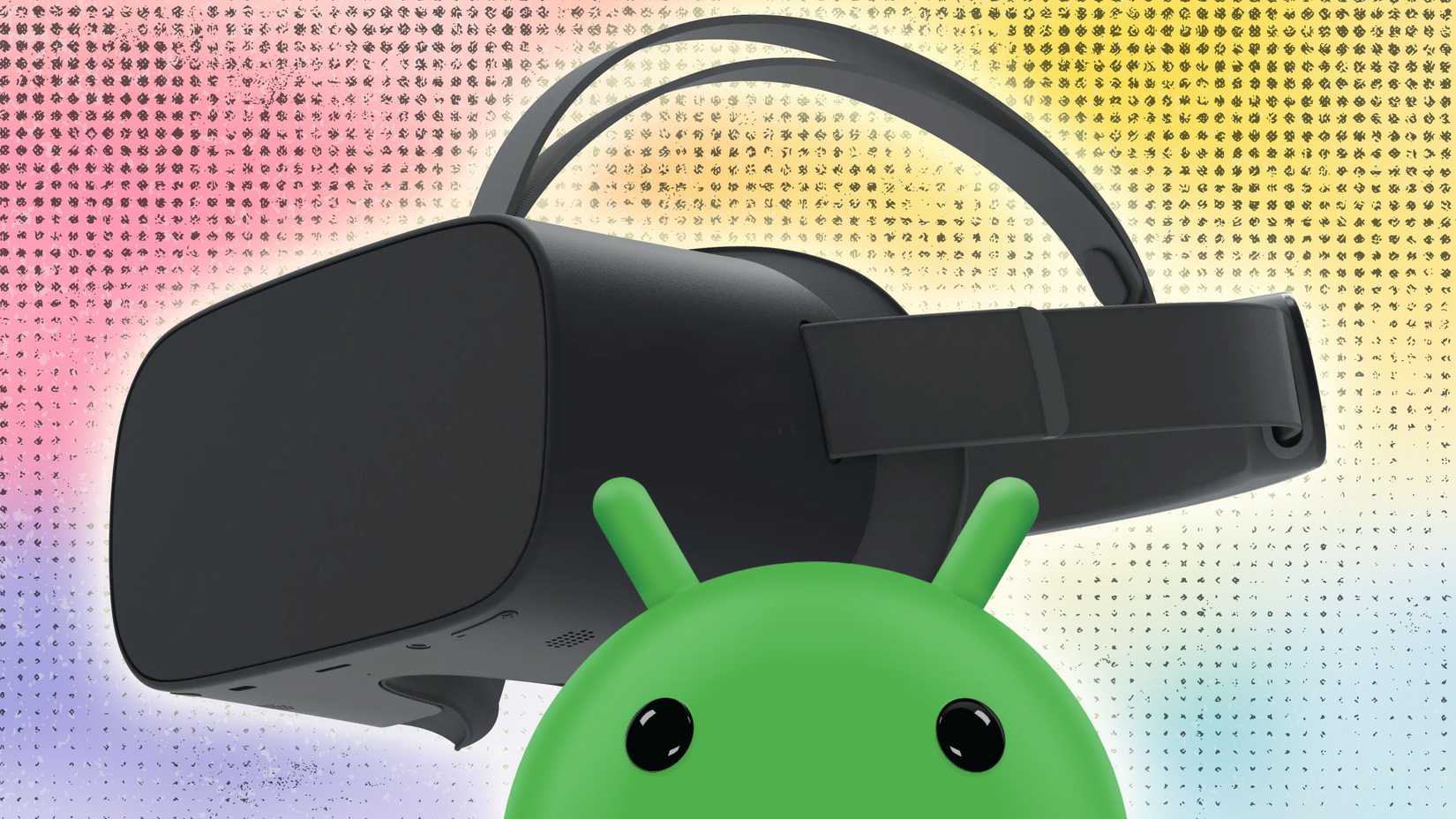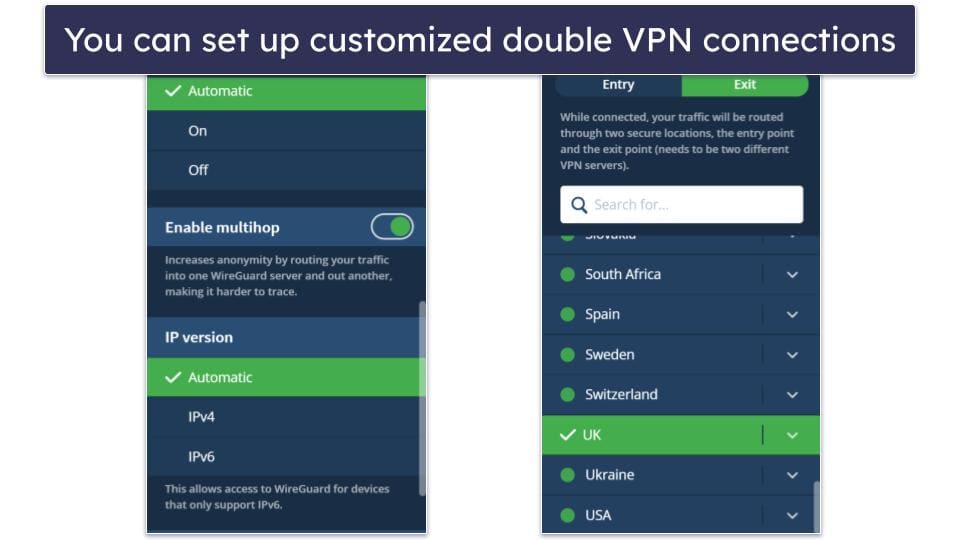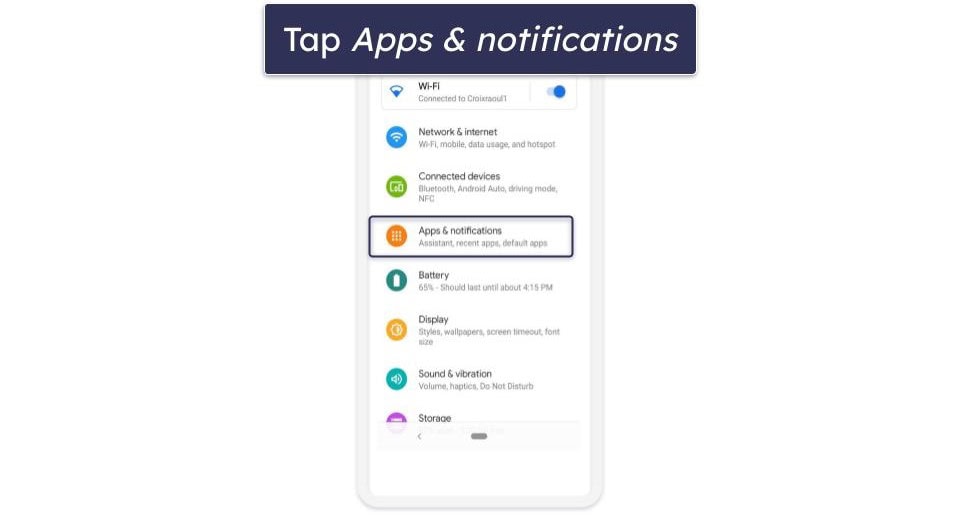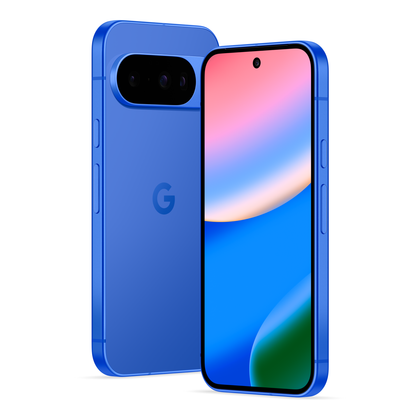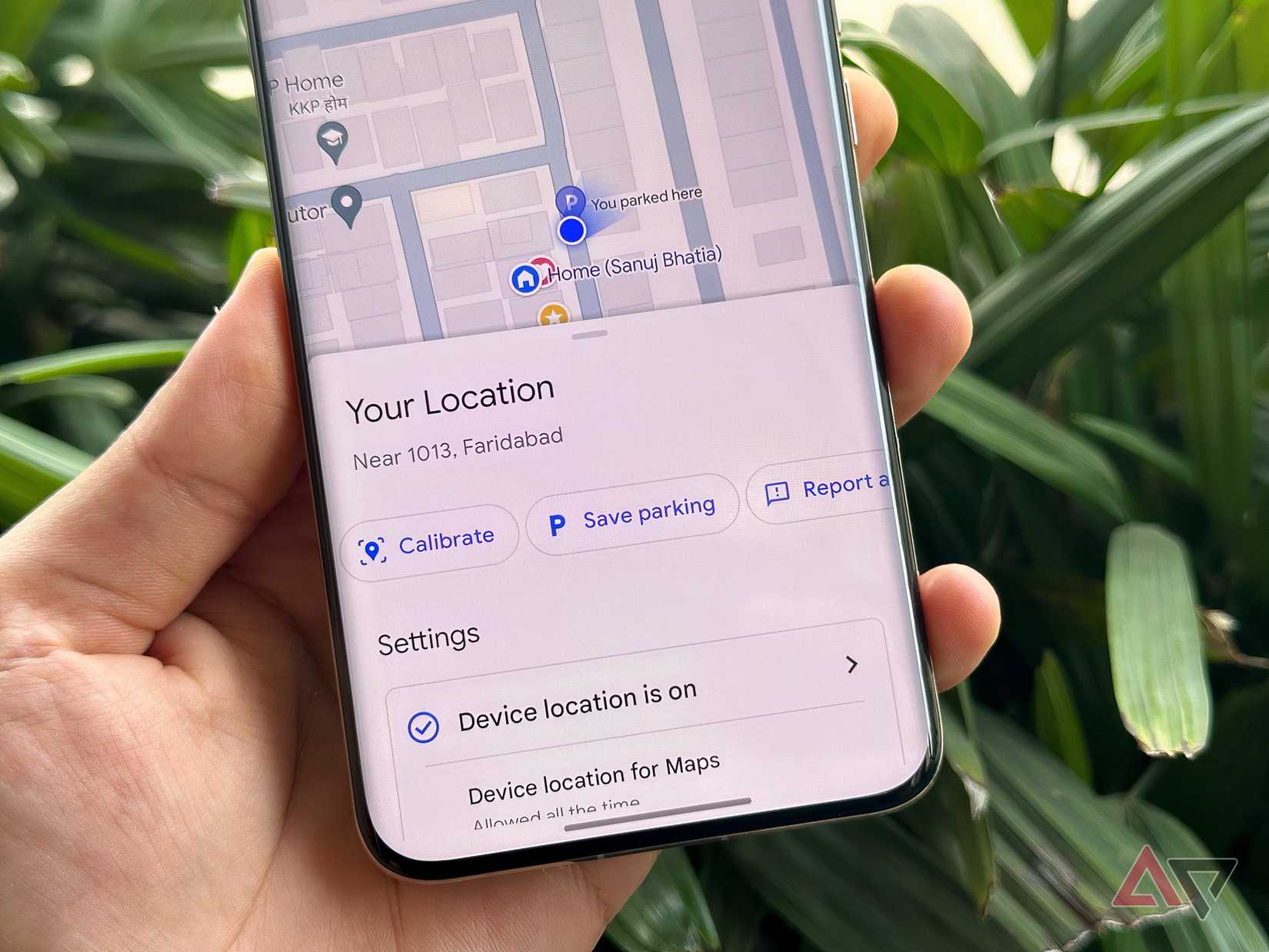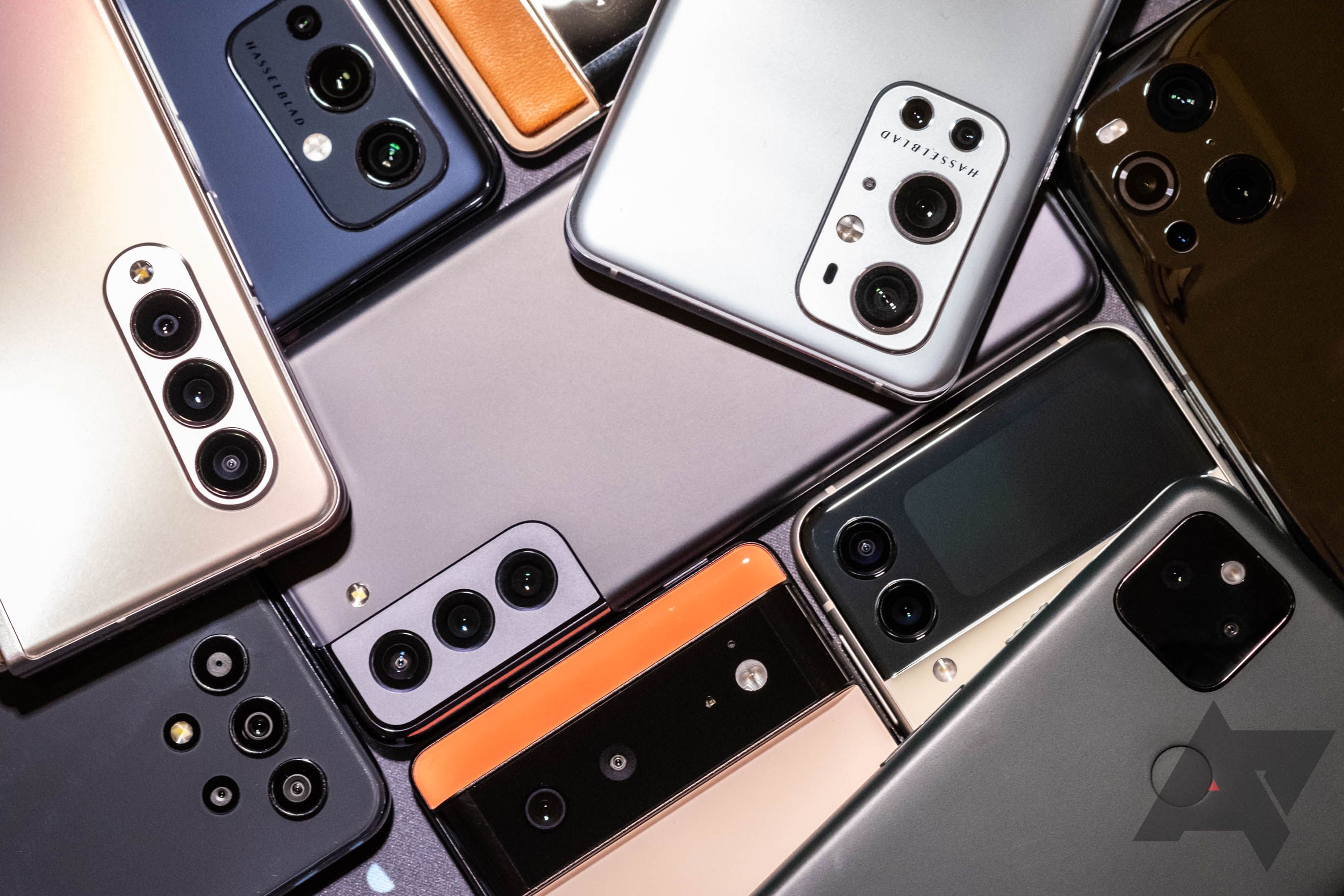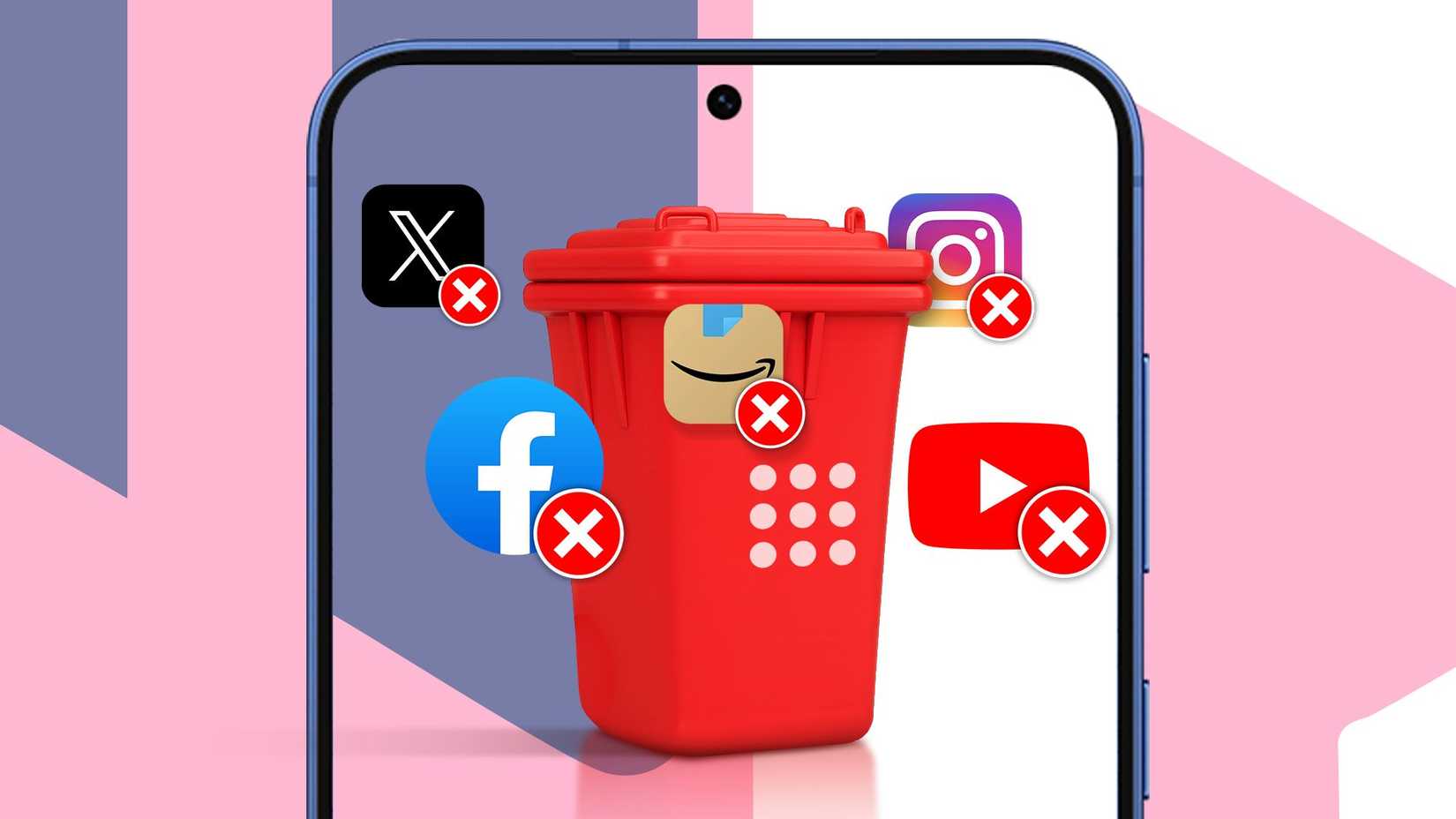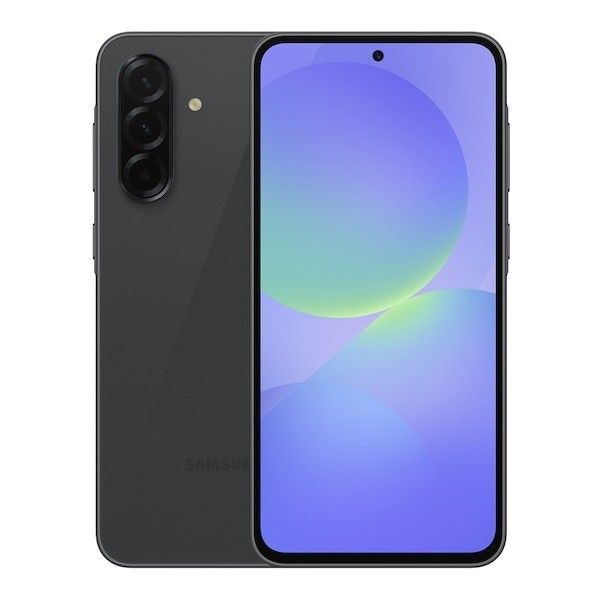After waiting in line for the newest Android operating system (OS) update, you finally get it downloaded and installed, only to find that the update is disappointing, and your phone is functioning worse than it has before. The overall experience becomes disappointing.
I’ve recently been there after a long wait for One UI 7 to come to my Samsung Galaxy S23. Unfortunately, for me, it’s been a mixed experience, as I’ve had to deal with unexpected battery drain and unresponsiveness when switching between panels. One UI 7 regressed my smartphone experience, which is why I went and fixed it. Thankfully, some factors are easy to control and repair, while others require patience. To help you avoid the same frustration I experienced, I decided to explore the reasons why a current Android phone may noticeably feel worse after an update and what you can realistically do to address the issue.
6
The phone needs more RAM
RAM allows you to keep more apps opened and running
If your phone’s hardware is slightly outdated compared to the newest software, it doesn’t feel good to use, even with a fresh coat of paint. When your hardware isn’t optimized to handle the latest update, your phone might feel more sluggish than it should. If your device is running low on RAM, possibly due to being a lower-end phone, then your performance should decline if the included features are more resource-intensive. To deal with the problem (without upgrading your hardware), routinely clear up your phone of background apps and clear the cache. It will require some hands-on work to make it feel normal again, but it is well worth the effort.
5
Your apps feel slower
App incompatibility with the new software is noticeable
Similar to your phone’s hardware compatibility issues with a newer software update, Android apps can have similar problems. For apps to be prepared for a new update, developers must optimize them. Maintaining compatibility may require some code changes to these apps (which is why developers are given a beta testing period before an OS update is released). However, depending on the app’s size and developer activity, this may not always be the case. That’s why you may see a warning message on the Play Store indicating that the app was designed for an older version of Android.
You also won’t be able to find apps that are too old (likely incompatible with newer Android versions) because of the Play Store’s policy instated on November 1, 2022; this is because existing apps that don’t target an API level within two years of the latest Android release version won’t be available for discovery or installation (compared to the version you’re running). The best approach is to wait for the app’s developer to tackle this issue with the new software. You can also try contacting the developer to report any noticeable bugs with the app.
If you have an old app already downloaded (or previously downloaded) onto your device, you can continue to use it even if it is no longer listed on the Play Store.
4
Too much battery drain slows your phone down
Your phone may throttle the processor’s speed to protect itself
Battery drain can lead to an assortment of issues. Constant battery drain is a sign that your device is overheating. When your device overheats (because it is actively using its battery to handle demanding tasks) extensively, it can cause the battery to degrade, potentially leading to long-term damage (the electrochemical process becomes more inefficient, and the lithium-ion battery can’t hold as much charge as before).
All of this leads to a vicious cycle. When the battery degrades, it can affect performance, reducing your device’s processor speed and making it more difficult for the device to handle demanding tasks. This is because the battery is no longer capable of supplying enough power for the task. Your device may even throttle the processor’s speed to protect it from overheating to prevent further damage.
When an update is released, it can affect your battery. You may experience increased screen time, temporary background tasks due to downloads and optimizations, and a lack of optimization for new features or functions introduced with the update. In these situations, your phone may not perform as well as it should, resulting in a sluggish experience compared to its previous performance. I recommend performing a clean restart and then checking your battery optimization settings. If the issue persists after a few days, try rebooting your phone in safe mode to see if that resolves the problem. Otherwise, you may need to consider a factory reset.
3
Less storage space to store data
Operating system updates get bigger over time
When you update your device’s software, it could technically use up more space than previously, leading to stress on storage space. If you have less storage space available, it means the apps and OS have less space to store data. When there is less space available, your apps’ cache, temporary files storage, and app data storage can no longer be stored. If your phone’s cache is full, your device struggles to access and process information, which can cause apps to crash and become less responsive to commands.
Apps require temporary files to operate, and if the storage becomes too full, the app can’t add more files, which can cause the app to malfunction or slow down significantly. When it comes to having apps remember your personal settings, they store app data in a hidden directory on your phone. If your device storage is too full, your OS may potentially delete app data and cache to make room when optimizing its performance — which can be a hassle to deal with. I always do a spring-cleaning of old files and apps before an update to ensure there’s enough room.
2
Planned obsolescence is in full effect
Hardware can only keep up for so long
Planned obsolescence is referred to as a design strategy where manufacturers intentionally build devices to become outdated or unusable within a specific timeframe. That means there will be devices released with certain limitations; we’ve already explored this slightly with more robust AI features, where not all devices can handle them (and not all phones will support them).
One example is Apple Intelligence. Apple Intelligence is only compatible with newer Apple devices. If you attempt to run it on an unsupported device, you will experience significant slowdowns and crashes because the hardware is unable to keep pace with the required software. Eventually, your phone simply doesn’t have what it takes to keep up, which is why it might feel outdated after an update — even if your device officially supports it.
1
The update is buggy
No update is perfect on release
Any update can introduce unwanted bugs. For example, Android 12 was considered a highly ambitious Android update, but it had a rocky launch. OnePlus and Samsung delayed their Android 12-based updates due to the cited problems at launch. Android 15 also reportedly bricked Pixel 6 devices when it first came out.
Faulty updates can happen, but they are likely to occur on a smaller scale. Some of this can be attributed to rushed update rollouts, and other reasons may be due to unforeseen interactions with other third-party software — that’s the double-edged sword of Android being a mix of open-source and proprietary software (though soon Google will shift its focus on internal development). If your phone becomes bricked, the only good way out is to perform a hard reset to save it.
What else can you do to fix it?
The answer isn’t buying a new phone unless you’re long overdue for a new one (I personally think phones start showing their age around the three-to-four-year mark). Some issues are beyond your control, such as app incompatibility and software bugs introduced by third-party developers. However, before you panic about the sudden slowdown, wait for a new update to roll out or check your apps for released fixes.
Otherwise, for battery issues, check if your battery settings have been reset (this can happen after an update) and then wait it out. Storage space is easy to manage, but it does require careful planning, such as removing unused apps, clearing app data and cache, and possibly backing up your videos and photos to the cloud.
Wait before replacing your phone
Modern-day phones are equipped to handle a wide range of tasks. Even if your phone nearly feels obsolete after an update, you should still wait before replacing it. Unless you’re a heavy user or tech enthusiast, most of us don’t need to replace our phones every few years to achieve the best performance with new features. Google, Samsung, and other major manufacturers will intentionally release exclusive features designed for the latest flagships, capitalizing on the feeling that you’re missing out. However, if those features don’t matter to you, then why worry?


